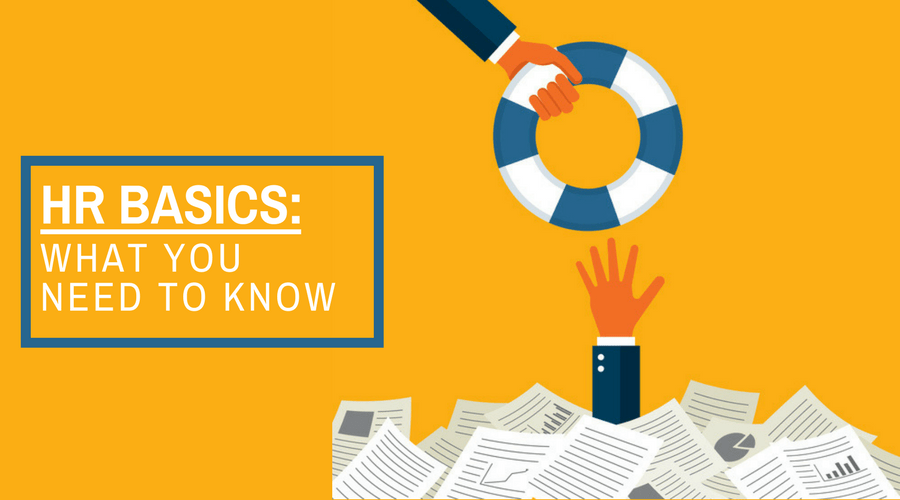What’s the Difference Between Laying Off and Firing an Employee?

Letting go of an employee is never easy. When you hired them, you believed the employee was the right person for the job, so you invested significant time and money in them. Then, for one reason or several, your company decided it would be better off without that person. To execute the decision, you must resort to firing or laying off the employee.
What’s the difference?
Firing an employee
Firing a team member is triggered by the inability to meet company expectations, whether that falls under poor performance, misconduct, or not adhering to an employment contract. In other words, a negative action, such as failing to perform essential job duties or disrupting employee morale, justifies someone losing their job for the betterment of the business.
Precautions to take when firing someone
Have an HR manager or trusted staff member present
Things can get ugly when someone’s livelihood is affected. The individual being fired may have a family to care for, car payments to make, and a house to pay off. Job loss is very likely to set them back on those things, so be caught off guard if the employee fights back. Also, consider having an HR representative oversee the firing. That way, you have a verified witness if the employee later decides to file a lawsuit against your company. Your HR rep will be able to ensure the firing is legal and ethical.
Give fair warning
Rather than firing someone out of the blue, let the employee know that he or she is in jeopardy of being fired if performance does not improve. Giving fair warning will prevent a big surprise when it’s time to have the difficult conversation. As a result, the firing should go smoother.
Learn more about how to constructively discipline your employees.
Laying off an employee
An employee can be laid off — relieved of their job —through no fault of their own. Layoffs occur when a company is forced to restructure or downsize for financial purposes. You may find it necessary to cut down on salaries benefits to keep your business alive and well. Unfortunately, your strategic move comes at the cost of laying off current employees.
There is a catch with layoffs, however.
Severance packages
Though not legally required, a company can offer a severance package to the employees it lays off. Severance packages typically include:
- Continued pay for a specified period, such as 2 weeks for each year with the company
- Continued health benefits for a specified period
- Payment for unused vacation time
Severance packages help support the worker during their job search. After all, the employee was let go due to poor timing, not poor performance.
The door could reopen
Unlike firings, layoffs can be open-ended. If a company regains its ideal footing or begins to thrive, expansion could become an option, and former employees could be asked to return. That’s why it’s important to take note of laid-off employees that did excellent work while a part of your business and accepted their layoff with reasonable understanding. Will they want to come back? Maybe not, but it doesn’t hurt to reach out if you believe they can help out.


